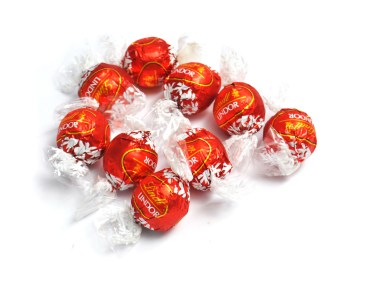This stout and well-designed volume nicely complements Tim Hilton’s classic biography of John Ruskin. It is the catalogue for the exhibition at the National Gallery of Canada, Ottawa (till 11 May) and the Scottish National Portrait Gallery (4 July–28 September).
A Scottish venue is especially appropriate. Ruskin (1819–1900) was a Londoner but proudly Scots by descent. He retained the slight Scottish accent of his father, a successful sherry merchant, who had been brought up in Edinburgh; and already at nine drew a highly competent map of Scotland, which is illustrated but regrettably not exhibited. In common with the fashion of his time, the poems and novels of Sir Walter Scott were his ‘chief source of delight’; a formative visual and romantic memory was ‘going through Glenfarg, near Kinross, on a winter’s morning, when
the rocks were hung with icicles’. Mountains, rocks (geology, another fashion) and wild plants would always be favourite subjects.
Ruskin’s literary and cultural importance are beyond dispute, but how seriously should we take him as an artist? This catalogue suggests very seriously indeed. At his best, writes Conal Shields, he is ‘among the greatest of English painters and draftsmen’. Ruskin had drawing lessons and was never without a sketchbook; but he regarded his drawing as an aid, not as art. In 1858 he told some students that drawing ‘must always be nothing in itself, unless the whole life be given in it’. And to the illustrator Kate Greenaway he described his own drawings as ‘such mere hints’ that he never imagined them giving ‘the least pleasure to anyone but myself’. More analytically, when working alongside the professional artist James Harding, one of his teachers, he noted that he could only draw ‘bits’, whereas Harding produced ‘pictures’. That is borne out time and again.








Comments
Join the debate for just £1 a month
Be part of the conversation with other Spectator readers by getting your first three months for £3.
UNLOCK ACCESS Just £1 a monthAlready a subscriber? Log in